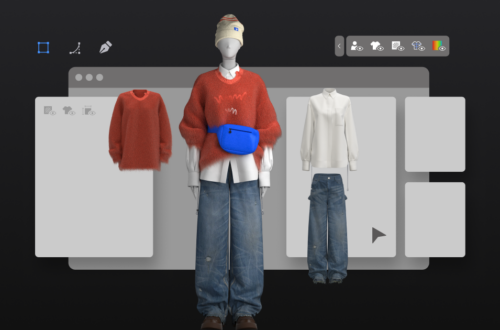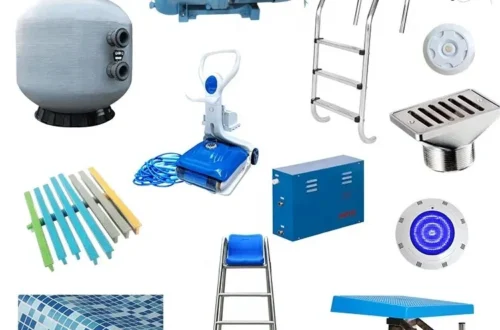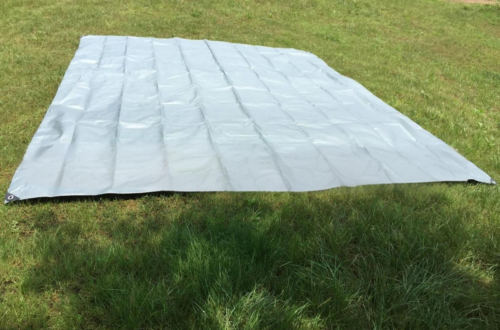Indoor Fiber Optic Cable Solutions for High-Speed Data Transmission
# Indoor Fiber Optic Cable Solutions for High-Speed Data Transmission
In today’s fast-paced digital world, the demand for high-speed data transmission has never been greater. Whether it’s for enterprise networks, data centers, or smart home applications, indoor fiber optic cables have become an essential component in ensuring reliable and efficient communication. This article explores the various solutions available for indoor fiber optic cables and their role in high-speed data transmission.
## Understanding Indoor Fiber Optic Cables
Indoor fiber optic cables are specifically designed for use within buildings and other enclosed spaces. Unlike outdoor cables, they are optimized for shorter distances and are built to withstand the environmental conditions typically found indoors. These cables are crucial for creating robust and high-performance networks that can handle the increasing data demands of modern applications.
### Types of Indoor Fiber Optic Cables
There are several types of indoor fiber optic cables, each suited for different applications:
– Tight-Buffered Cables: These cables are ideal for indoor use due to their durability and flexibility. They are commonly used in LANs, data centers, and other environments where space is limited.
– Distribution Cables: Designed for easy installation and termination, distribution cables are often used in building risers and horizontal cabling systems.
– Breakout Cables: These cables are perfect for applications requiring individual fiber connections, such as in data centers or between floors in a building.
– Plenum Cables: Specifically designed for use in plenum spaces, these cables meet strict fire safety standards and are essential for ensuring safety in commercial buildings.
## Benefits of Indoor Fiber Optic Cables
Indoor fiber optic cables offer numerous advantages that make them the preferred choice for high-speed data transmission:
– High Bandwidth: Fiber optic cables provide significantly higher bandwidth compared to traditional copper cables, enabling faster data transfer rates.
– Low Latency: With minimal signal loss, fiber optic cables ensure low latency, which is critical for real-time applications like video conferencing and online gaming.
– Immunity to Electromagnetic Interference: Unlike copper cables, fiber optics are immune to electromagnetic interference, ensuring reliable data transmission even in electrically noisy environments.
– Future-Proofing: Investing in fiber optic infrastructure ensures that your network is ready to handle future technological advancements and increased data demands.
## Applications of Indoor Fiber Optic Cables
Indoor fiber optic cables are used in a wide range of applications, including:
– Enterprise Networks: For connecting offices, conference rooms, and other workspaces within a building.
– Data Centers: To facilitate high-speed data transfer between servers, storage systems, and networking equipment.
– Smart Homes: For enabling high-speed internet and seamless connectivity for smart devices.
– Healthcare Facilities: To support telemedicine, electronic health records, and other critical healthcare applications.
## Choosing the Right Indoor Fiber Optic Cable
Selecting the appropriate indoor fiber optic cable depends on several factors, including the specific application, the environment, and the required performance characteristics. It’s essential to consider factors such as cable type, fiber count, and fire safety ratings when making your choice. Consulting with a professional can help ensure that you select the best solution for your needs.
## Conclusion
Indoor fiber optic cables are a cornerstone of modern high-speed data transmission networks. With their superior performance, reliability, and versatility, they are an indispensable component in various applications, from enterprise networks to smart homes. By understanding the different types of indoor fiber optic cables and their benefits, you can make informed decisions to optimize your network infrastructure and meet the growing demands of the digital age.
Keyword: indoor fiber optic cable


